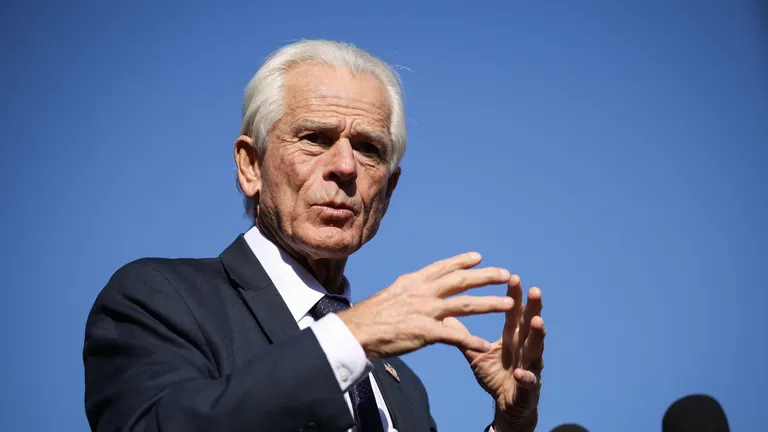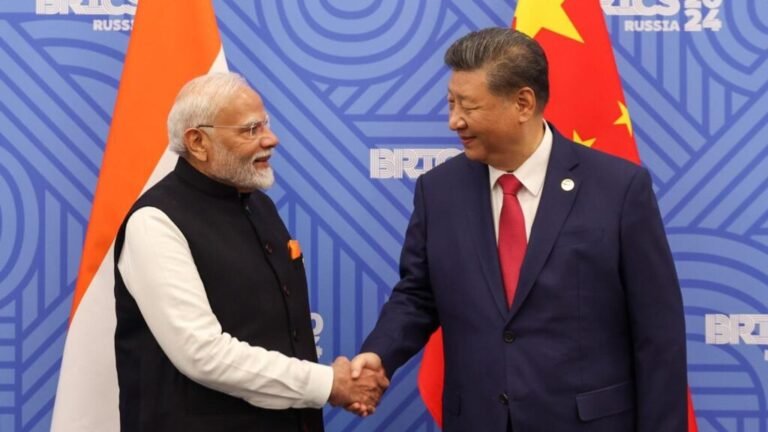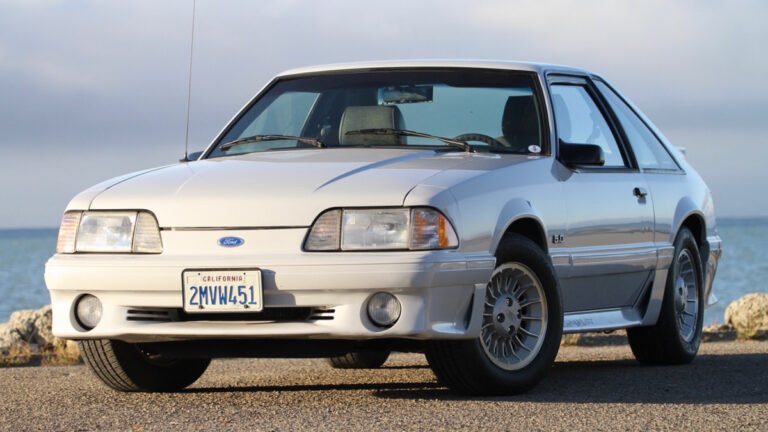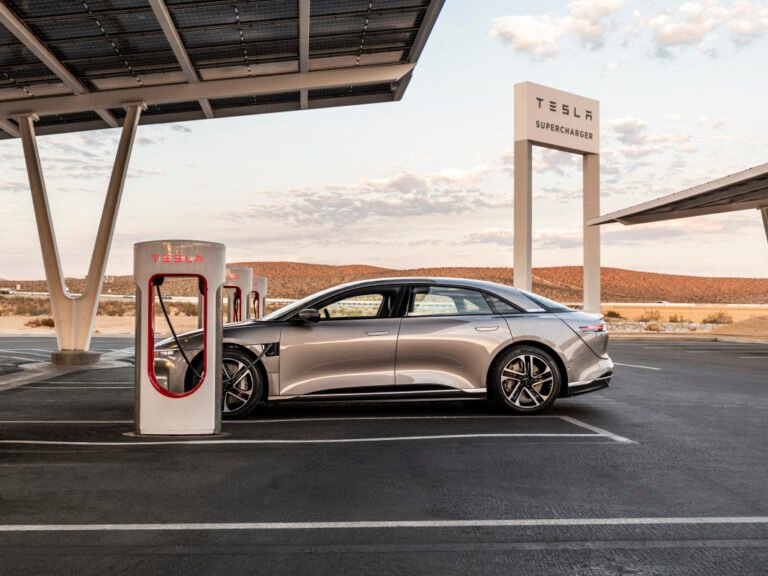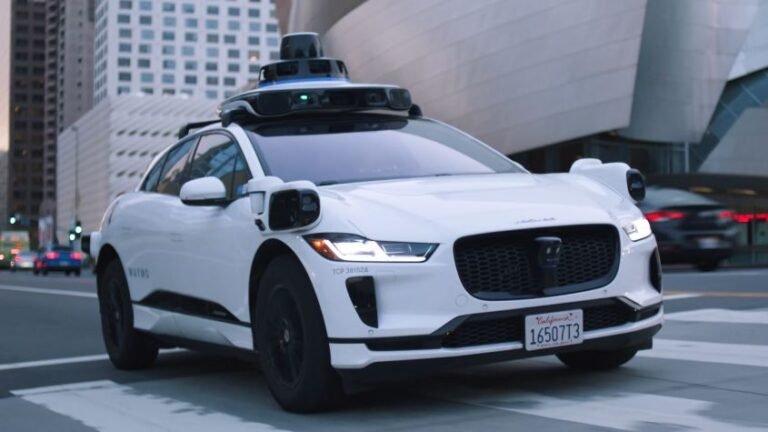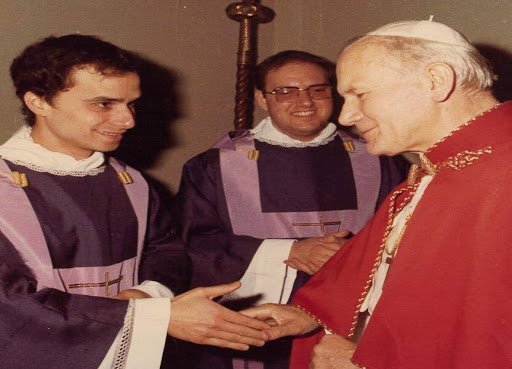
Is Pope Leo XIV a subtle beacon of hope to bring back conservative America to Roman Catholicism, or a strategic bridge? Is he merely an American pope, or a global shepherd?
When the conclave was called to elect the next pope, millions speculated, theorized, and debated who it would be. Few, if any, predicted the name Robert Francis Prevost. Fewer still imagined that the next Bishop of Rome would be an American man born in a modest Catholic household on the South Side of Chicago. With nearly 280 popes in the Church’s two-thousand-year history, none had come from the United States until now.

Early Life & Career
Born on September 14, 1955, to Louis Marius Prevost (of French-Italian descent) and Mildred Martínez (of Spanish descent), Robert grew up alongside two brothers in a working-class neighbourhood in Chicago. From an early age, it was clear to those around him that he was destined for the priesthood.
He entered the Minor Seminary of the Augustinian Fathers, later earning degrees in mathematics, philosophy, and theology. In 1977, he joined the Order of Saint Augustine and made his first vows the following year. By 1981, he had taken his solemn vows, and shortly after, he was sent to Rome to study Canon Law.
Rather than return to a comfortable American parish, Prevost followed a higher calling to Peru, where he would spend the next four decades deep in missionary work. Immersed in the lives of indigenous and mestizo communities, he built not just churches, but trust and solidarity. His bond with Peru became so deep that he was granted dual citizenship. He would later refer to Peru not just as a place of work, but as home.
In 2014, Pope Francis appointed him Apostolic Administrator of the Diocese of Chiclayo. A year later, he became its bishop. In 2018, he was elected second vice-president of the Peruvian Episcopal Conference, where he also led the Commission for Culture and Education. His pastoral leadership was quiet but transformational.
And in 2023, the trust placed in him by Pope Francis reached its zenith: he was called to Rome as Prefect of the Dicastery for Bishops and President of the Pontifical Commission for Latin America. Among his new responsibilities? Selecting bishops across the world.

Rise to Papacy
The conclave that elected Pope Leo XIV was one of the most ideologically diverse in modern memory. From cardinals who supported same-sex unions to hardline traditionalists, it reflected a global Church grappling with extremes.
In that context, Robert, by then Archbishop, emerged as the unifying middle. His brother John Prevost put it simply, “He’s not going to be real far left and he’s not going to be real far right. Kind of right down the middle.”
And that was exactly what the Church seemed to need-a thoughtful, experienced, theologically grounded centrist. Someone who had lived among the poor, understood the complexities of modern governance, and avoided the ideological traps that have polarized both secular and religious institutions.
What truly announced the arrival of Pope Leo XIV wasn’t just the white smoke or the name he chose. It was the language in which he gave his first public address. Expected to speak in Italian or English, he instead chose Spanish.
It was a quiet but deliberate message to the people of Peru, the land where he had ministered for nearly 40 years. It is that this pope may hold an American passport, but his heart speaks a different dialect, one shaped by solidarity, humility, and pastoral closeness to his roots.

Future of Catholicism
Names carry weight in papal tradition, and Prevost’s choice was a clear signal. By becoming Leo XIV, he invoked Leo XIII, the pope who led the Church through the upheaval of the industrial revolution and issued the landmark encyclical Rerum Novarum. That text championed the dignity of workers, condemned exploitation, and warned against both unregulated capitalism and empty promises of socialism.
By choosing the name Leo, the new pope is aligning his papacy with a similar moral mission, this time facing a Fourth Industrial Revolution, driven by automation, artificial intelligence, and increasing inequality.
It is a choice rooted in his own family history as well. Raised in a working-class household and shaped by decades serving the poor, Pope Leo XIV emphasizes concern not with political factions, but with the human toll of economic changes. Pope Leo XIV’s spirituality is deeply influenced by the Augustinian tradition. Augustinians take a communal vow of poverty, dedicate themselves to apostolic missions, and focus on connecting the sacred with the secular.
St. Augustine famously wrote of the “City of God” and the “city of man,” teaching that Christians must live in both without being consumed by either. It is this balance that Pope Leo XIV seems to embody. His time in Peru exposed him to a diversity of cultures and traditions. Rather than retreating into doctrine, he embraced them with openness and humility.
Though reserved, Pope Leo XIV has not remained silent on matters of conscience. He has openly condemned political nationalism and previously shared content critical of Donald Trump. Yet he is not expected to push radical doctrinal reforms like female priesthood or blessing same-sex marriages. In an era of loud culture wars, his silence and what it signifies could be his most powerful tool.
So, was Pope Leo XIV chosen as a calculated response to conservative pressures within the American Church? Or is he the organic product of Pope Francis’s long-term vision, a Church rooted in the margins, led by those who have served rather than theorized?
The answer may be both.

Conclusion
He is, unmistakably, a man of the world, American by birth, Peruvian by vocation, and Roman by destiny. His election represents a Church that still believes in the middle path. One that can recognize modern injustices without abandoning timeless truths.
In these polarised times, Pope Leo XIV may be the bridge between tradition and transformation, between Rome and the rest of the world, between faith and the future.
Written by- Navya Agarwal
Edited by- Rubina Shaikh
The post Pope Leo XIV: A Pope for America or A Pope that’s American appeared first on The Economic Transcript.
